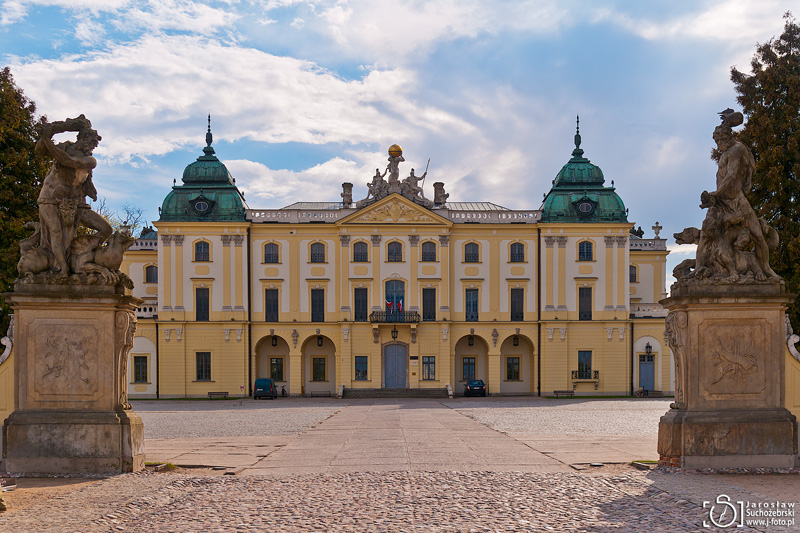"Versailles of Podlasie" - Branicki Palace in Białystok

Branicki Palace in Białystok is one of the most appealing historic buildings in Podlasie land and one of the best-preserved aristocratic residences from Saxon times in Poland. Palace complex in Białystok is also one of the most beautiful baroque mansions in East Europe. The design of the residence refers to Baroque palaces of French kings and led to naming the Bialystok palace the "Polish Versailles", or “Versailles of Podlasie”. The palace was designed and built between 1743 and 1750 by Jan Zygmunt Deybel for Count Jan Klemens Branicki, Great Crown Hetman and patron of art and science, raised in the French milieu of the Polish aristocracy. Branicki was one of the wealthiest Polish magnates in the 17th century. It was an owner of 12 towns, 257 villages and 17 palaces (including the palace in Choroszcz, see: Palace in Choroszcz - summer residence of hetman Branicki ). The form of the palace in Białystok reflects hetman’s royal ambitions. In 1763–1764 he ran in the ...















